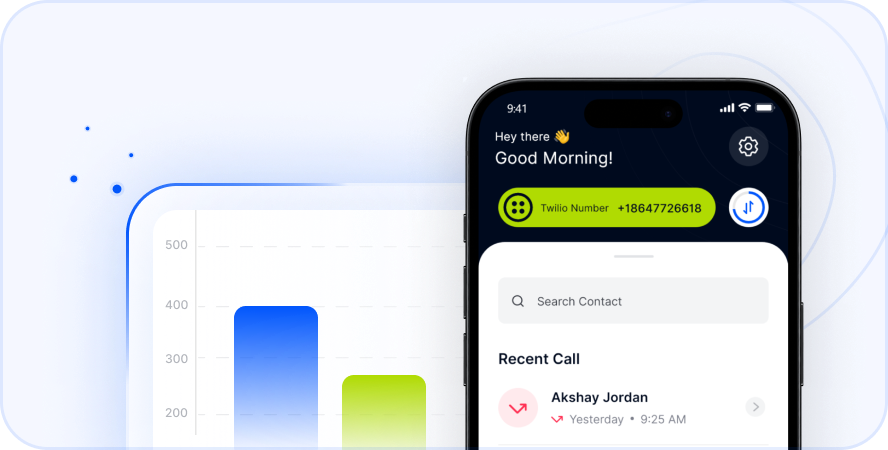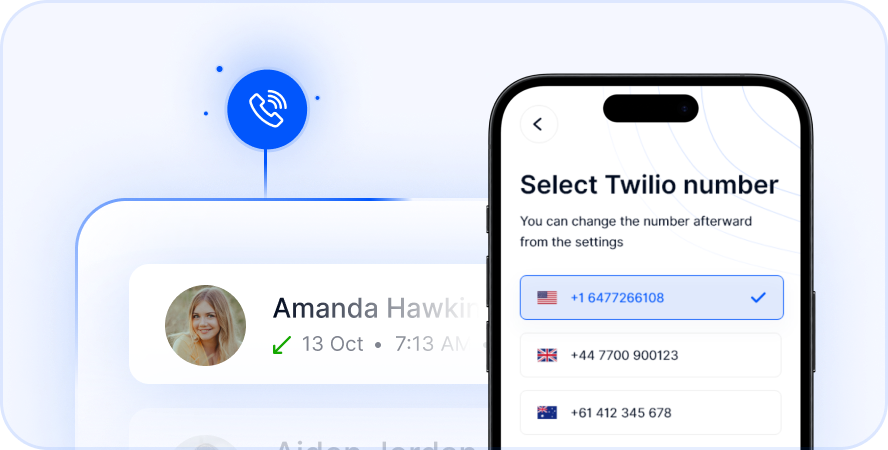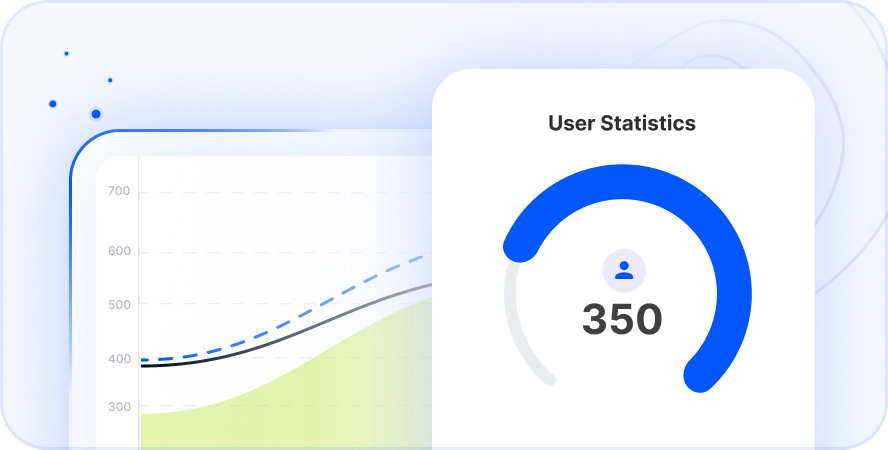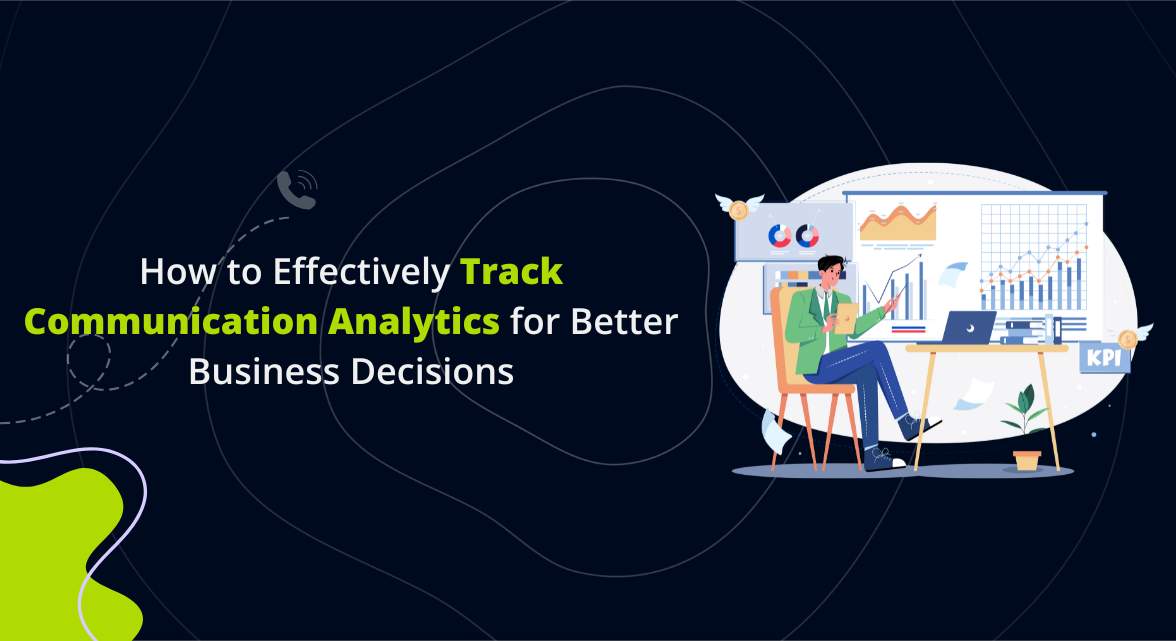
Effective communication is truly vital for any successful business. How you connect with clients, prospects, and your team impacts your success. Tracking and analyzing these interactions helps you make much better business decisions. In today’s fast-moving market, using communication analytics is key. It helps you improve performance, boost customer engagement, and drive overall business growth. Understanding these insights allows companies to adapt quickly. They can respond efficiently and improve their strategies for all their goals.
Tracking communication analytics provides businesses with needed insights. They can make informed decisions that lead to better results. Systems and tools can analyze many things. Examples include call volume, message responses, and more. Companies can quickly refine their approach. They can meet both short-term and long-term objectives effectively. According to recent studies, companies that use data-driven decision-making see significant improvements in productivity and profitability.[Read more]
What is Communication Analytics?
Communication analytics involves gathering and studying data. This data comes from various communication methods. These include calls, emails, SMS, and chat platforms. Businesses track important metrics. These are things like call volume, how fast they respond, customer feelings, and how much people engage. This process helps extract useful information. This information then guides decision-making.
Using platforms that track communication data is important. These tools help businesses monitor and analyze interactions in real time. This applies to many types of communication. It includes handling call forwarding or managing international calls. Communication analytics lets businesses see how well they connect. They can then work to make those connections stronger.
Why Communication Analytics Matters for Business Decisions
Tracking communication analytics is more than just looking at numbers. It uses real-time information to guide important business choices. This helps optimize customer interactions. Effective communication greatly impacts business outcomes. Communication analytics helps in several key ways:
- Improves Customer Satisfaction: By watching response times and customer feelings, businesses understand needs better. They can solve issues more effectively.
- Boosts Operational Efficiency: Analytics helps find delays or weak points. This lets businesses improve how they work and streamline processes.
- Provides Data-Driven Insights: Looking at communication patterns helps businesses decide where to put resources. They can adjust strategies and improve their messages based on real data.
- Enhances Sales and Marketing: Tracking how people respond lets businesses change campaigns instantly. This leads to sales tactics and marketing plans that work better.
- Aids Forecasting and Planning: Analytics helps predict future trends and customer actions. This means more accurate plans for the future.
Using these insights helps businesses act fast. They can use resources wisely and stay competitive. Understanding communication analytics gives a clear advantage.
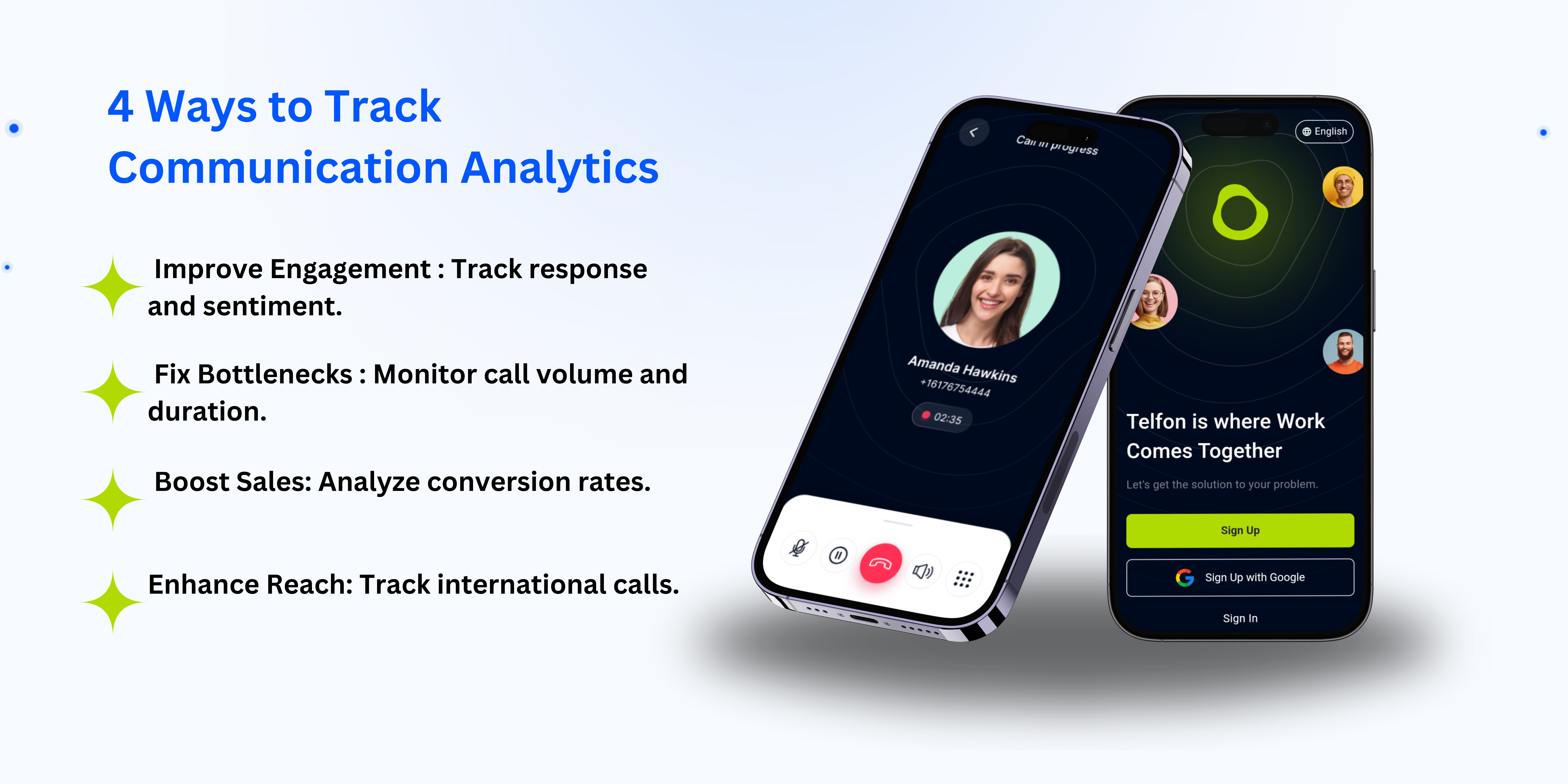
Key Communication Metrics to Track
To track communication analytics effectively, businesses should look at specific measures. These metrics show how well your communication is working. Focusing on the right metrics provides actionable insights.
Call Volume and Duration
Tracking how many calls you get and how long they last is basic. High call numbers might show lots of interest or perhaps common problems. Call duration gives clues about the conversation. Longer calls could mean complex talks. Shorter ones might be quick questions or issues.
Response Times
How quickly you respond is critical for efficiency. Slow replies can make customers unhappy. Fast responses improve their experience. They also build trust in your business. Measuring response times across different channels is key.
Customer Sentiment
Checking the mood of your communications is helpful. Is it positive, neutral, or negative? Tools can analyze this. Understanding customer feelings helps you adjust how you communicate. This leads to better interactions.
Conversion Rates
Communication efforts aim for results. This might be turning a lead into a customer. It could also be getting someone to do something specific. Tracking how well your communication leads to these actions is vital. These insights shape sales and marketing plans.
Engagement Levels
For businesses using multiple ways to talk to customers, engagement matters. This includes email, chat, or social media. High engagement shows your messages connect with your audience. It means your communication is resonating.
Call and Message Quality
The clarity and relevance of your calls and messages are very important. Poor quality hurts the customer experience. Ensuring accuracy and understanding is crucial. Tools that allow review can help find areas for improvement.
Using Analytics to Improve Business Performance
Understanding the metrics is the first step. The next is using that data. Communication analytics drives better decisions. It helps improve various parts of your business.
Identifying Trends and Patterns
Looking at communication data helps spot recurring issues. For instance, if many customers mention the same problem in calls, it’s a clear sign. This area of your business might need quick attention. Tracking these trends helps companies prioritize actions. They can then put resources where they are needed most.
Optimizing Marketing and Sales
Analytics shows how well your messages perform. You can see this across different platforms. By tracking how people respond and engage, businesses can change tactics. This can be done in real-time. This is especially useful for sales teams working with leads. They can adjust their approach instantly.
Enhancing Customer Service
Communication analytics can highlight problems in service. If replies are slow, or issues aren’t fixed well, analytics will show it. Businesses can then make plans to improve these things. Real-time data helps teams respond quickly to service problems. This creates a better experience for the customer.
Tailoring Communication Strategies
Effective communication needs to fit your audience. By tracking how people engage and feel, you can adapt messages. You can make them specific to different customer groups. Personalizing communication helps build stronger relationships. It also leads to better results overall.
How Telfon Supports Communication Analytics
Tools are necessary for tracking communication analytics. Telfon is a comprehensive solution. It works as a virtual phone system and cloud telephony platform. Telfon helps businesses manage communication data easily. It works for interactions with clients and partners.
Telfon offers features specifically for monitoring communications. You can track and manage interactions effectively. These features provide detailed insights. They help analyze communication performance.
- International Call Tracking: Monitor global calls with detailed data. This helps improve your outreach worldwide.
- Call Recordings: Record and review conversations. This helps check performance and ensure quality. It is also useful for analyzing customer interactions.
- User Analytics and Reporting: Get reports on individual performance. Track communication history for specific users. This data helps manage teams better.
- CRM Integration: Connect with tools like Salesforce or HubSpot. This links communication data with customer records. It enhances the depth of your analytics.
Telfon’s system keeps all your data safe and accessible. It is stored in the cloud. This makes it ready for analysis whenever you need it. Using a platform like Telfon simplifies the process. It helps businesses make more inform
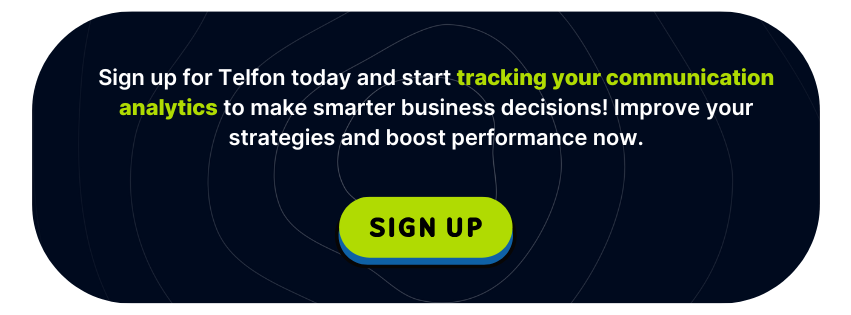
Frequently Asked Questions
Q1. What data is included in communication analytics?
It includes data from calls, emails, texts, and chat. Metrics like volume, duration, response time, and customer sentiment are common.
Q2. How can small businesses use communication analytics?
Small businesses can start by tracking basic metrics. This includes call logs and email response times. Simple tools can help identify busy periods or common customer questions.
Q3. Is tracking communication data compliant with privacy laws?
Businesses must ensure compliance. This means getting consent where needed. They must store data securely. Following regulations like GDPR or CCPA is important.
Q4. How often should I review communication analytics?
Review frequency depends on your goals. Daily or weekly checks are good for quick operational fixes. Monthly reviews help spot longer-term trends or campaign performance.
Q5. Can communication analytics help improve sales?
Yes, it tracks lead engagement. It shows which messages work best. This helps sales teams focus efforts. It also helps refine their approach.
Conclusion
Tracking communication analytics is a powerful practice. It leads to better decision-making. It also boosts overall business results. By watching key metrics and using tools designed for this purpose, businesses gain valuable insights. They can stay competitive and adapt quickly. This leads to smarter, data-driven choices. Understanding your communication data is not just about numbers. It’s about finding out what works and how to keep getting better. Start analyzing your communication data today. Unlock the potential for better business outcomes tomorrow


